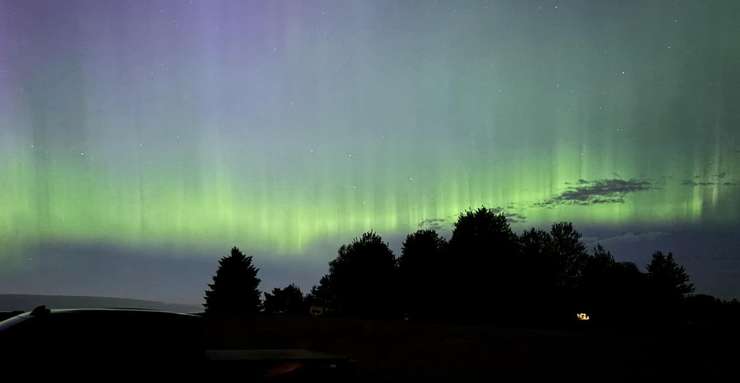In a reverse of April's solar eclipse, the sun had an amazing effect on the night sky on Friday.
The National Oceanic and Atmospheric Administration (NOAA) issued a Severe (G4) Geomagnetic Storm Watch on Thursday, something that hasn't been seen since January 2005.
According to the NOAA, solar flares associated with a magnetically complex sunspot have sent powerful bursts of energy toward the Earth over the past few days. Those bursts can impact radio communications, energy grids, and navigation signals.
It can also cause a dazzling light show, known in the Northern Hemisphere as the aurora borealis.
Normally restricted to the northernmost reaches of the planet, on Friday night the lights were seen across Canada, the U.S., and Europe.
Photos have been inundating social media as people got a chance to see a show rarely seen this far south.





